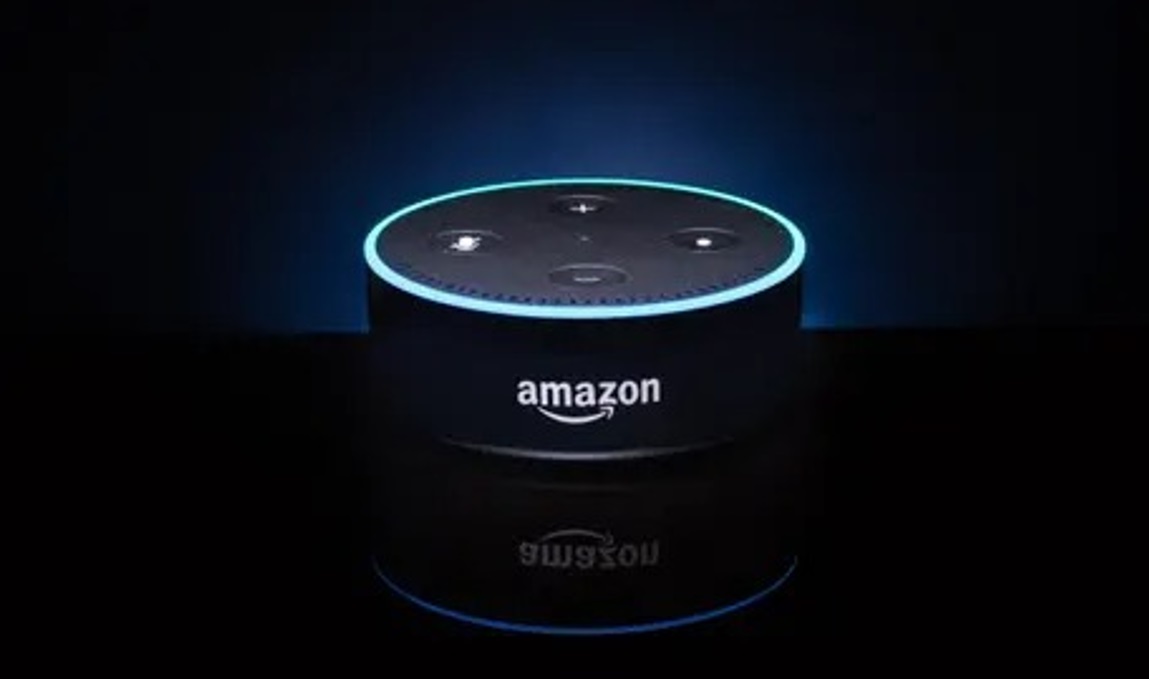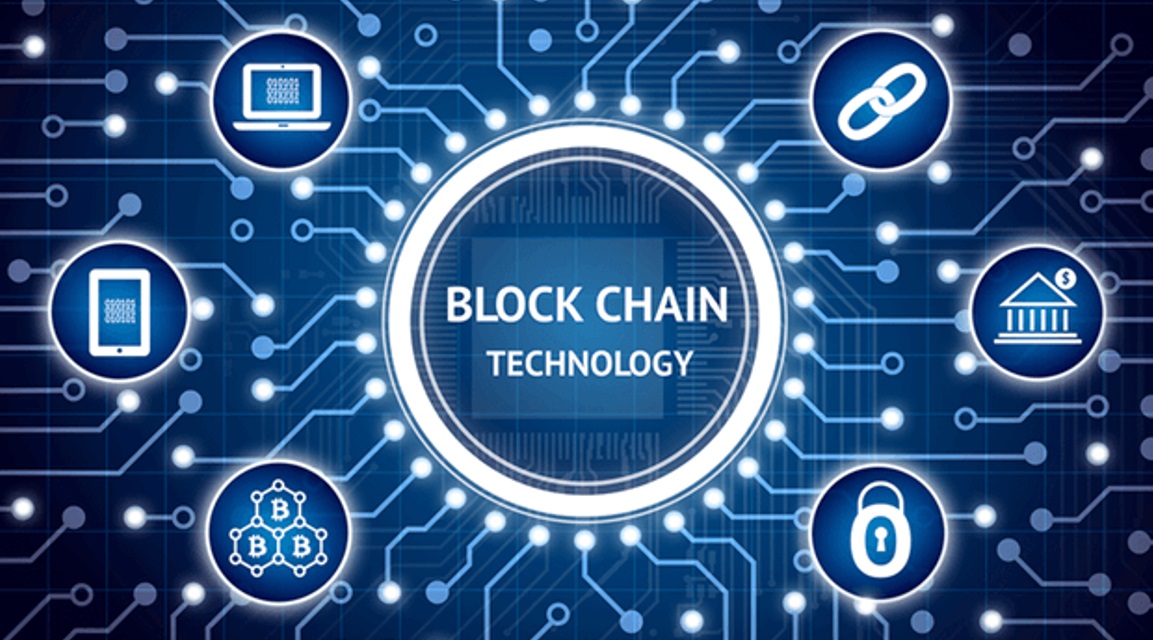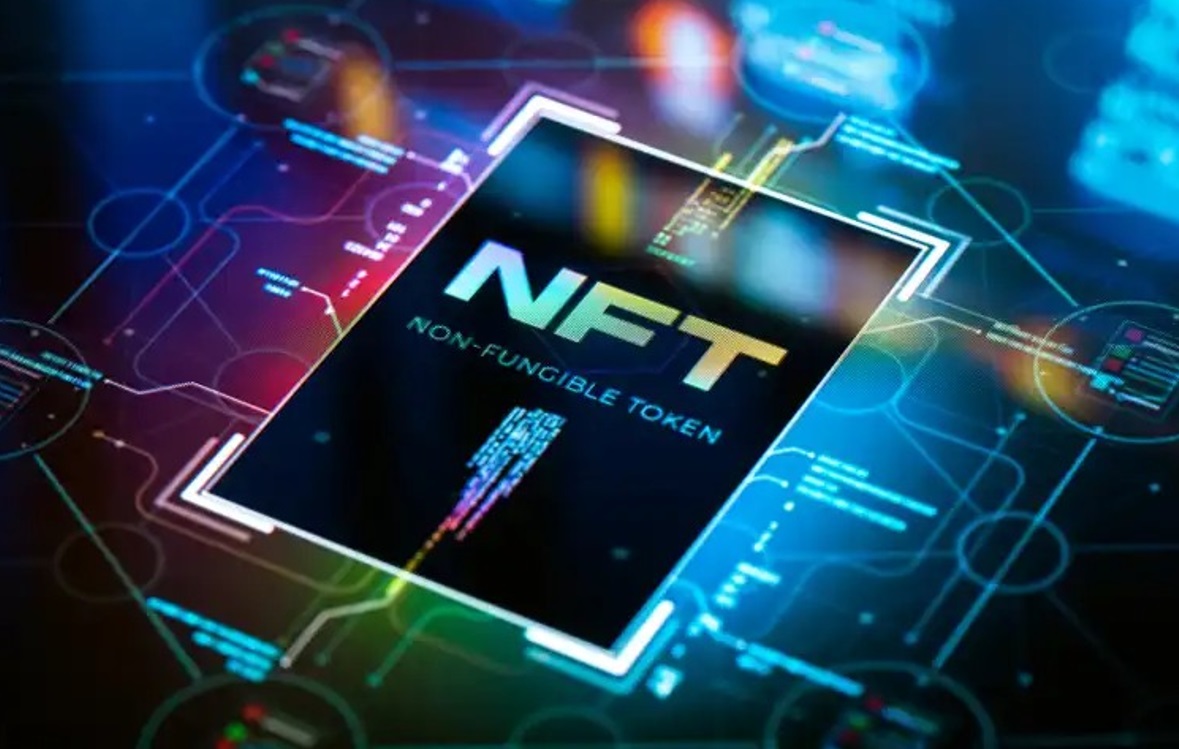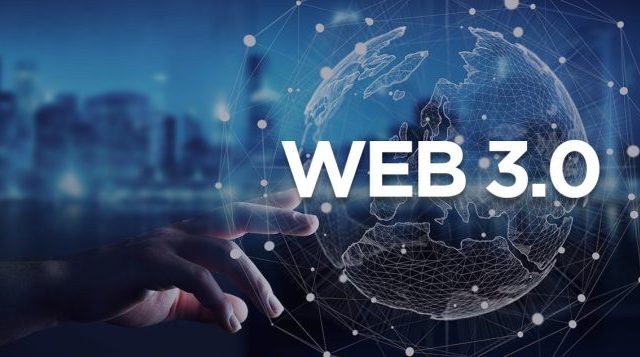Web 3.0, sometimes abbreviated as “Web3,” refers to the upcoming version of the internet that supports decentralized protocols and lessens the dependence on huge technology corporations like YouTube, Netflix, Amazon, Google, and Baidu. But what is it specifically? Why does everyone need to be aware of Web 3.0?
What is Web 3.0?
Understanding Web 1.0 and Web 2.0 is important for comprehending Web 3.0. Web 1.0, the earliest version of the Internet, was released in the late 1990s and had a compilation of links and home pages. The website will not focus on interaction now. Other than reading information and providing straightforward content for others to read, it has nothing exceptional.
Then came Web 2.0, which some are referring to as a “read/write” version of the internet. This refers to computer code that enables you to connect with your audience and update things rather than just looking them up. People can produce their own content and post it on websites like Tumblr, blogs, Reddit, and other forums using this form of the internet. Then, content sharing was raised to a new level by the introduction of social media platforms like Facebook, Twitter, and Instagram, which are now the most popular ones.
The public is starting to understand how these internet behemoths gather and exploit their personal data to produce tailored adverts and marketing efforts, though. Facebook has come under fire for repeatedly breaking data privacy regulations, and the Federal Trade Commission penalised it $5 billion (about $15 per person in the US) in 2019, the biggest amount ever (FTC).
The notion of Web 3.0 can be construed as follows: data will be connected in a decentralized manner, which is a significant departure from the Web 2.0 era in which data is now held in a centralized repository. Artificial intelligence (AI) and the Semantic Web will become crucial because users and robots will be able to interact with data.
The upcoming third-generation Internet is known as Web 3.0. Websites and applications will be able to employ innovations like big data, decentralized ledger technology, and machine learning (ML) in a manner like that of a human brain. The major goal of information processing is to make the Internet more open, autonomous, and intelligent.
Web 3.0 services can also be outsourced by businesses, there are a ton of service providers and companies that work in the same domain.
Four key characteristics of Web 3.0
1. Cosmos – Ubiquity
The word ubiquitous in English is ubiquity. In this way, Web 2.0 is already ubiquitous; for example, Facebook users may immediately take pictures and share them, making information pervasive and accessible to everyone. platform for social networking websites.
With Web 3.0, everyone has access to the Internet at any time and from any location. When IoT (Internet of Things) technology brings a considerable number of new smart gadgets, such the ability to log in to any account using an electronic wallet, Internet-connected devices will not be limited to computers and smartphones like Web 2.0 at that time.
2. Semantic Web – Semantic Web
The study of word relationships is known as semantics. Berners-Lee claims that the Semantic Web makes it possible for computers to analyze enormous volumes of web-based data, including content, transactions, and connections between individuals. How does this appear in real life? Let us use these two phrases as an illustration:
- I love design
- I <3 design
Although their syntax may change, their semantics are the same because semantics primarily deals with the content’s meaning or emotion. Web 3.0 will enable machines to decode meaning and emotion from data through applied semantics, while Internet users will benefit from improved data connectivity.
3. Artificial Intelligence- Artificial Intelligence
Web 3.0 also brings artificial intelligence computers since they can read and understand the meaning and emotion a set of data is trying to portray. Web 2.0 offers similar features, but it still relies heavily on human interaction, which has negative impacts such as skewed product ratings and manipulated reviews.
For instance, internet review sites like Google Review give customers a method to rate any good or service. A business needs only to call up a group of individuals and pay them to write favorable reviews for their deserved product. Hence, for the Internet to deliver trustworthy data, artificial intelligence must learn how to differentiate between real and phony.
Also, Google’s artificial intelligence system will be able to discern if a considerable number of reviews for the shop or item have been falsified. The intelligent system will remove it if a significant quantity of good or bad products are poured at once. Additionally, Web 3.0 will soon incorporate this behaviour effortlessly, allowing blogs and other online platforms to filter data and customize it to each user’s tastes. Artificial intelligence will someday be able to offer people the best filtered and impartial info as it develops.
4. 3D Graphics – 3D Graphics
Web 3.0, which aims to erase the boundaries between the real and the digital by reinventing graphics technology and making three-dimensional (3D) virtual worlds clear, is also known as the “Spatial Web” by certain futurists.

A new degree of immersion is made possible by 3D visuals, which, in contrast to their 2D predecessors, are not only used in futuristic gaming apps like Decentral but also in a variety of other fields including real estate, medicine, e-commerce, and more.
Web 3.0 applications
Many businesses, including Google, Apple, and Amazon, are developing Web 3.0 application products. The three most well-known Web 3.0 applications now are Wolfram Alpha, Alexa, and Siri.
Since its debut in the iPhone 4S model, Siri, Apple’s voice-activated AI assistant, has developed and grown in sophistication. Siri carries out complicated and customized requests using speech recognition technology and artificial intelligence. Siri and other artificial intelligence programs like Amazon’s Alexa and Samsung’s Bixby understand spoken queries like “What’s the weather today?” and “what’s my itinerary today?” and respond appropriately.

A “computational knowledge engine,” such as Wolfram Alpha, employs calculations to immediately respond to your inquiries rather than providing you with a list of websites, like a search engine would. Search “England vs Brazil” on Wolfram Alpha and Google to examine the differences if you want an accurate comparison.
Google will show results for the World Cup even if you do not use the keyword “soccer” because it is the most popular search. That Alpha will even provide you with a thorough comparison of the two nations is the key distinction between Web 2.0 and 3.0.
Web 3.0 – Cryptocurrency and Blockchain

The majority of Web 3.0 will be on the blockchain, making it significantly more secure. In a world where everything is expected to be on the meta function in the universe, NFTs will, at least in part, play a role of user ownership as all exchanges embrace cryptocurrencies, making the process tamper-proof and transparent. And significant signs in this direction include Facebook’s change of name to Meta and Satya Nadella’s emphasis on the Metaverse at Microsoft.
Although businesses like Reddit and Discord had investigated incorporating Web 3.0 technologies into their platforms, Discord shelved the initiative when most users strongly objected to it.
Criticisms of Web 3.0
The most crucial idea of Web3.0 is that decentralized technology will make it difficult to control the Internet, making it harder to stop online harassment, cybercrime, hate speech, the distribution of child abuse photos, etc.

In addition, some people think Web 3.0 is a continuation of “overhyped” and “destructive” blockchain-based developments and the cryptocurrency bubble, and others are worried about how cryptocurrencies and NFTs may affect the environment.
So, is Web 3.0 a good thing?
Although Web 3.0 seems fantastic in theory, it is not without its issues. Web 3.0 is frequently cited as an antidote to Big Tech hegemony since it enhances privacy, data security, and scalability.
Web 3.0 is challenging to monopolize because of its emphasis on decentralization, at least on paper. The theory behind Web 3.0 is that no one party should have ownership of the data, despite major digital corporations like Google, Facebook, and others being able to dominate the internet due to their deep integration into the data ecosystem. Also, Web3.0 is now a very practical technology rather than simply a theoretical idea.




The Most Read
Сryptocurrencies
Bitcoin and Altcoins Trading Near Make-or-Break Levels
Financial crimes
Thieves targeted crypto execs and threatened their families in wide-ranging scheme
Financial crimes
Visa Warning: Hackers Ramp Up Card Stealing Attacks At Gas Stations
News
Capitalism is having an identity crisis – but it is still the best system
Uncategorized
The 73-year-old Vietnamese refugee is responsible for bringing Sriracha to American consumers
Uncategorized
Electric Truckmaker Rivian, Backed By Amazon, Ford, Raises Whopping $1.3 Billion